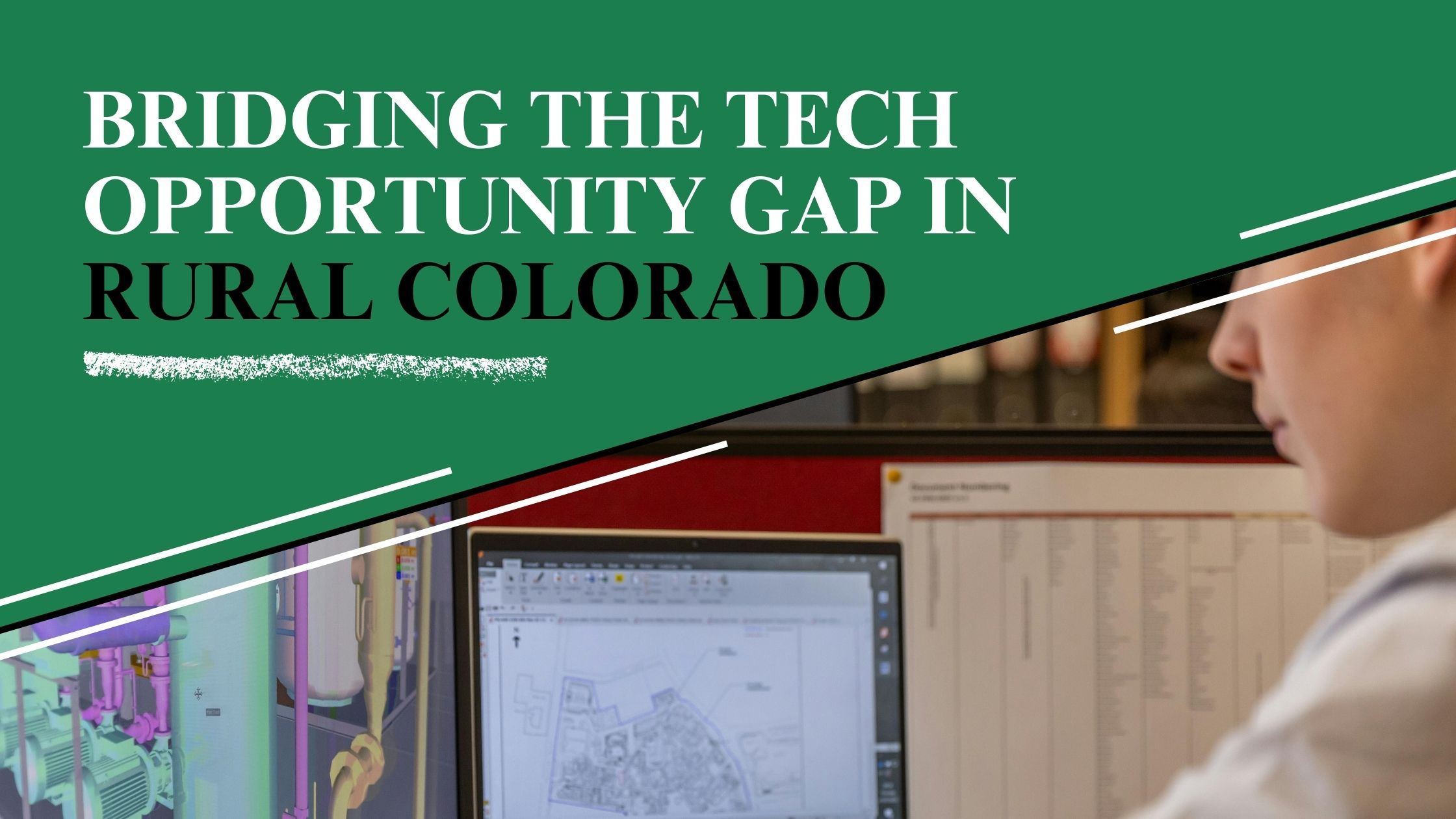Across rural Colorado, communities are brimming with untapped potential. The problem? A persistent lack of access to modern infrastructure, training, and mentorship that can help transform that potential into thriving local careers—particularly in the tech sector.
As more companies embrace remote and hybrid work, the opportunity to rethink workforce development has arrived. But for rural towns to keep pace, it’s not just about expanding access—it’s about redesigning systems from the ground up.
Three recent articles from Haas Technical Writing explore what it really takes to close the skill gap in rural areas, and how local leaders, educators, and employers can work together to build career pathways that don’t require a move to the Front Range.
1. Filling the Skill Gap: A Blueprint for Rural Workforce Growth

In “Filling the Skill Gap”, Haas outlines the fundamental challenges rural workers face in accessing modern career paths. While rural communities aren’t lacking ambition or ability, they often lack the support systems to turn that drive into digital-era careers.
From limited broadband to geographic isolation, barriers to entry are real—and the first step in closing the skill gap is closing the infrastructure gap. But the article goes beyond just identifying the problem. It lays out a roadmap that includes:
- Place-based learning tailored to rural lifestyles
- Micro-credential programs in partnership with local colleges
- Digital literacy training to help learners navigate tech-forward fields
- Mentorship opportunities that open doors and provide lasting career support
The takeaway? Upskilling efforts succeed when they are community-driven, accessible, and rooted in real-world experience. Rural prosperity hinges on investing in people, not just programs.
2. Redesigning Internships for a Digital-First Rural Workforce

Haas expands on these ideas in “Utilizing Learning Management Systems and Mentors to Create Next-Generation Internship Models”. This article tackles the limitations of traditional internships—which often aren’t feasible for rural students—and proposes a smarter, more scalable solution.
Through a combination of:
- Asynchronous learning
- Project-based experience
- Structured mentorship via LMS platforms
Rural learners can gain meaningful, hands-on career experience without needing to relocate. This modern internship model not only equips students with the technical and soft skills they need, but also fosters confidence and connection—especially for first-generation learners.
What’s powerful about this model is its flexibility. It works for students and employers alike and provides a blueprint for expanding tech readiness in rural schools and community programs.
3. Creating Equity Through Remote Work and Rural Partnerships

The final piece in the series, “Bridging the Urban-Rural Divide”, explores how companies themselves can take the lead in addressing the tech access divide.
This article shifts the focus from community to employer, asking a key question: What if companies intentionally partnered with rural communities?
By offering remote-first roles, working with local schools and training programs, and investing in mentorship, businesses can:
- Tap into new talent pools
- Foster economic equity
- Build a more resilient and diverse workforce
The article calls for employers to view remote work not just as a benefit for urban professionals, but as a pathway to uplift rural economies and close the workforce divide in meaningful, long-lasting ways.
Why This Matters for Rural Colorado
The message across all three articles is clear: rural Colorado doesn’t need to “catch up” to urban centers—it needs access, opportunity, and intentional investment.
With smart partnerships, reimagined internships, and community-led training models, rural towns can retain talent, drive innovation, and build thriving local economies. It’s not just about closing the skill gap—it’s about building a future where rural residents can succeed without leaving home.
Want to dive deeper? Read the full articles from Haas Technical Writing:

